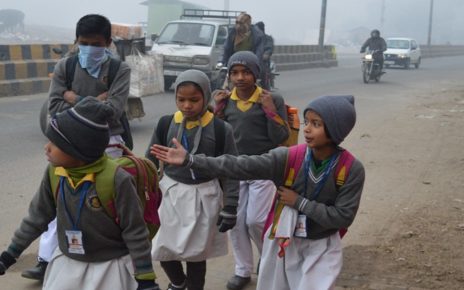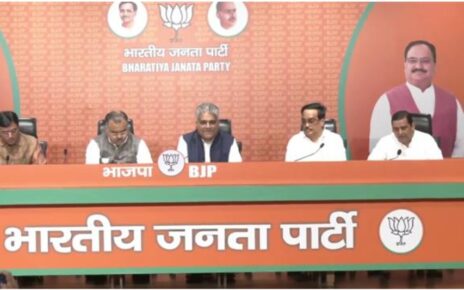India on Thursday confirmed that there won’t be a foreign head of state or government as the chief guest at this year’s Republic Day celebrations, the fourth time this has happened since independence in 1947.
The decision was taken after UK prime minister Boris Johnson’s last-minute decision to cancel his visit due to having to deal with the spread of a mutant strain of the coronavirus.
The other years when a foreign chief guest wasn’t present at the Republic Day parade were 1952, 1953 and 1966.
“Due to the global Covid-19 situation, it has been decided that this year, there will not be a foreign head of state or head of government as the chief guest for our Republic Day event,” said external affairs ministry spokesperson Anurag Srivastava at a news briefing.
Some features of this year’s parade are:
1. Despite the COVID-19 pandemic, the Republic Day Parade is being celebrated this year but the number of spectators will be restricted. Around 25,000 spectators will be allowed to witness the celebrations as against a normal crowd of around 100,000 people and children below 15 years of age will and the elderly with co-morbidities will not be allowed entry.
2. The size of the marching contingents is likely to be brought down from around 144 in each contingent to around 96.
3. The government has decided to restrict the path and the parade this year will end at the National Stadium, instead of the Red Fort. The parade will begin from Vijay Chowk, as usual, but will culminate at the National Stadium instead of ending at the Red Fort. So, it will cover a distance of 3.3 km as compared to the normal 8.2 km.
4. Marking Bangladesh’s 50th year of liberation, India will host a contingent of Bangladeshi soldiers at the upcoming Republic Day parade. The move recognises the historic collaboration between Indian forces and the Bangladeshi Mukti Bahini against the Pakistani forces and Razakars in 1971 that led to the birth of independent Bangladesh. That Bangladeshi soldiers will be marching down Rajpath sends out a signal of deep friendship and cooperation between our two countries.
This will be the second time a foreign troop will join the annual showcase of military might. In 2016, a French contingent had participated in the parade.
5. This year NSG, the elite force of India for counter-terror operations, has decided to make changes for the parade as per the Covid-19 health protocols.
NSG commandos will be marching with a distance of more than 1.5 metres from each other. Earlier, they used to march down Rajpath from shoulder to shoulder. Almost 40% of the actual strength of the commandos will participate in the Republic Day parade as compared to the previous year.
“This year on Republic Day, we will be having more vehicles than the previous year. People will see a different energy contingent along with modified specially designed vehicles which are to be used for anti-terror operations,” an official said. 6. From contactless formations to compulsory masks during performances, number of schools sending their entries for participation is down too, from around 30 in previous years to nine this year. A total of 321 students from four schools in Delhi and 80 folk artists from Kolkata will take part in the cultural programme. The artists have been selected from Eastern Zonal Cultural Centre in Kolkata and the students have been selected from DTEA Senior Secondary School, Mount Abu Public School, Vidya Bharti School, Government Girls Senior Secondary School, the ministry said in a statement.




